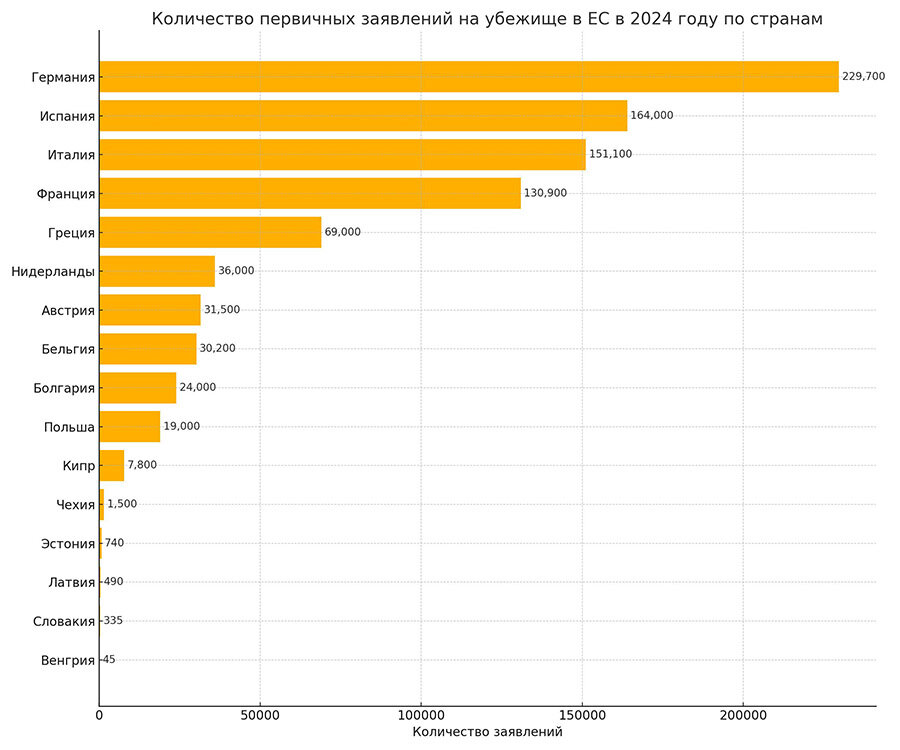читайте также
 U.S. Introduces Dual Pricing in National Parks: What Will Change in 2026
U.S. Introduces Dual Pricing in National Parks: What Will Change in 2026
 Europe’s New EES Border System Launches in Chaos: Three-Hour Queues, Broken Kiosks, Unprepared Travelers, and Delays Up to 340%
Europe’s New EES Border System Launches in Chaos: Three-Hour Queues, Broken Kiosks, Unprepared Travelers, and Delays Up to 340%
 Every Square Foot Counts: How Hotels Turn “Dead Space” Into Revenue, Relevance, and Real Guest Value
Every Square Foot Counts: How Hotels Turn “Dead Space” Into Revenue, Relevance, and Real Guest Value
 Montenegro will introduce visas for Russians at the end of September 2026
Montenegro will introduce visas for Russians at the end of September 2026
 Tourists Are Damaging Tropical Cities: PATA Calls for Urgent Action
Tourists Are Damaging Tropical Cities: PATA Calls for Urgent Action
 Deadly Storms, Blizzards, and Tornadoes Slam the U.S. — How Millions Can Survive the Thanksgiving Weather Disaster
Deadly Storms, Blizzards, and Tornadoes Slam the U.S. — How Millions Can Survive the Thanksgiving Weather Disaster
Asylum in the EU in 2024: Application Statistics, Policy Changes, and Forecasts

In 2024, the European Union registered 912,000 first-time asylum applications from third-country nationals—a 13% decrease compared to 2023, which saw 1,049,500 applications. This decline reflects an overall trend of decreasing asylum claims after record highs in previous years, according to Eurostat.
Top Countries of Origin
Syria remained the leading country of origin for asylum seekers in the EU, a trend consistent since 2013. In 2024, Syrians submitted 147,965 applications, accounting for 16.2% of the total. They were followed by:
- Venezuela: 72,775 applications (8.0%)
- Afghanistan: 72,155 (7.9%)
- Colombia: 50,330
- Turkey: 46,835
- Bangladesh: 37,800
- Morocco: 29,300
- Georgia: 28,000
- Egypt: 27,700
- Pakistan: 26,000
Significant numbers also came from Nigeria (24,000), Iraq (23,500), Iran (20,000), and Somalia (18,000). Eritrea contributed 15,000, Albania 14,000, and Russia 13,500. For reference, Russian nationals submitted 17,930 applications in 2023, a drop possibly tied to stricter conditions and higher rejection rates.
Distribution of Applications Across EU Countries
Germany remained the top destination in 2024, receiving 229,700 applications (25% of the EU total). It was followed by:
- Spain: 164,000 (18%)
- Italy: 151,100 (17%)
- France: 130,900 (14%)
- Greece: 69,000 (8%)
These five countries accounted for 82% of all first-time asylum applications in the EU. Other recipients included:
- Netherlands: 36,000
- Austria: 31,500
- Belgium: 30,200
- Bulgaria: 24,000
- Poland: 19,000
- Cyprus: 7,800
At the low end were Hungary (45 applications), Slovakia (335), Latvia (490), Estonia (740), and Czechia (1,500), highlighting the continued unequal distribution of asylum pressures across EU states.

In per capita terms, Cyprus led with 7.2 applicants per 1,000 inhabitants, followed by Greece (6.6), Ireland and Spain (3.4 each), and Luxembourg (3.2). The EU average stood at 2 per 1,000 people.
In 2024, 36,300 unaccompanied minors submitted asylum claims, with most coming from Syria, Afghanistan, Egypt, Somalia, and Guinea. The primary destination countries were Germany, the Netherlands, Greece, Spain, and Bulgaria.
Although overall numbers declined, asylum claims remain far above pre-crisis levels, which were below 300,000 annually from 2010 to 2013.
Long-Term Trends
Following the 2015–2016 migration crisis, during which asylum applications peaked at 1.3 million annually, the EU has taken steps to tighten policies, strengthen borders, and streamline application processes.
In May 2024, the European Parliament approved a new Pact on Migration and Asylum, comprising ten legislative acts aimed at coordinated asylum management, faster procedures, and stricter deportation mechanisms.
In October 2024, new measures were proposed to accelerate deportations and create “return centers” outside the EU for migrants without legal grounds to stay.
By March 2025, the European Commission introduced an extended deportation strategy, including potential detention for up to two years and the establishment of facilities in third countries, reports The Times.
These reforms are part of the EU’s long-term strategy to balance humanitarian commitments with internal security and border control.
Outlook
Despite relative stabilization, many EU countries face serious integration challenges:
Housing shortages
Strain on healthcare and education
Language and cultural barriers
Rising xenophobia in some regions
Heavily affected countries like Germany, Spain, Italy, and Greece require increased EU financial support and a fairer distribution of asylum responsibilities.
While application levels in 2025 may remain stable or slightly decline, geopolitical volatility in the Middle East, Africa, and Latin America could reshape trends. EU border policies will play a key role in future migration routes.
The success of EU asylum policy will depend on how well member states adapt to changing realities and find sustainable solutions that balance human rights and national interests in an era of growing global uncertainty.





